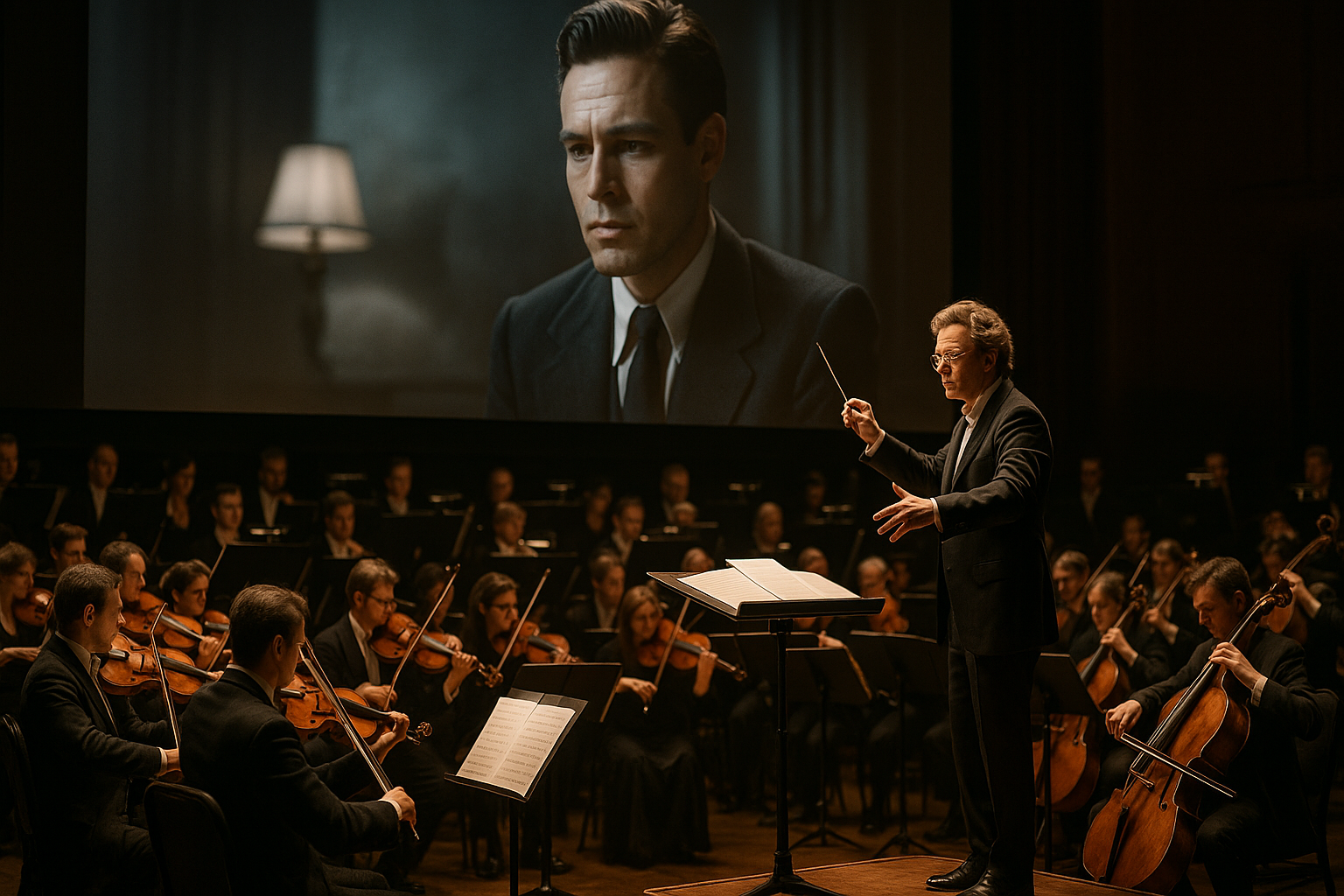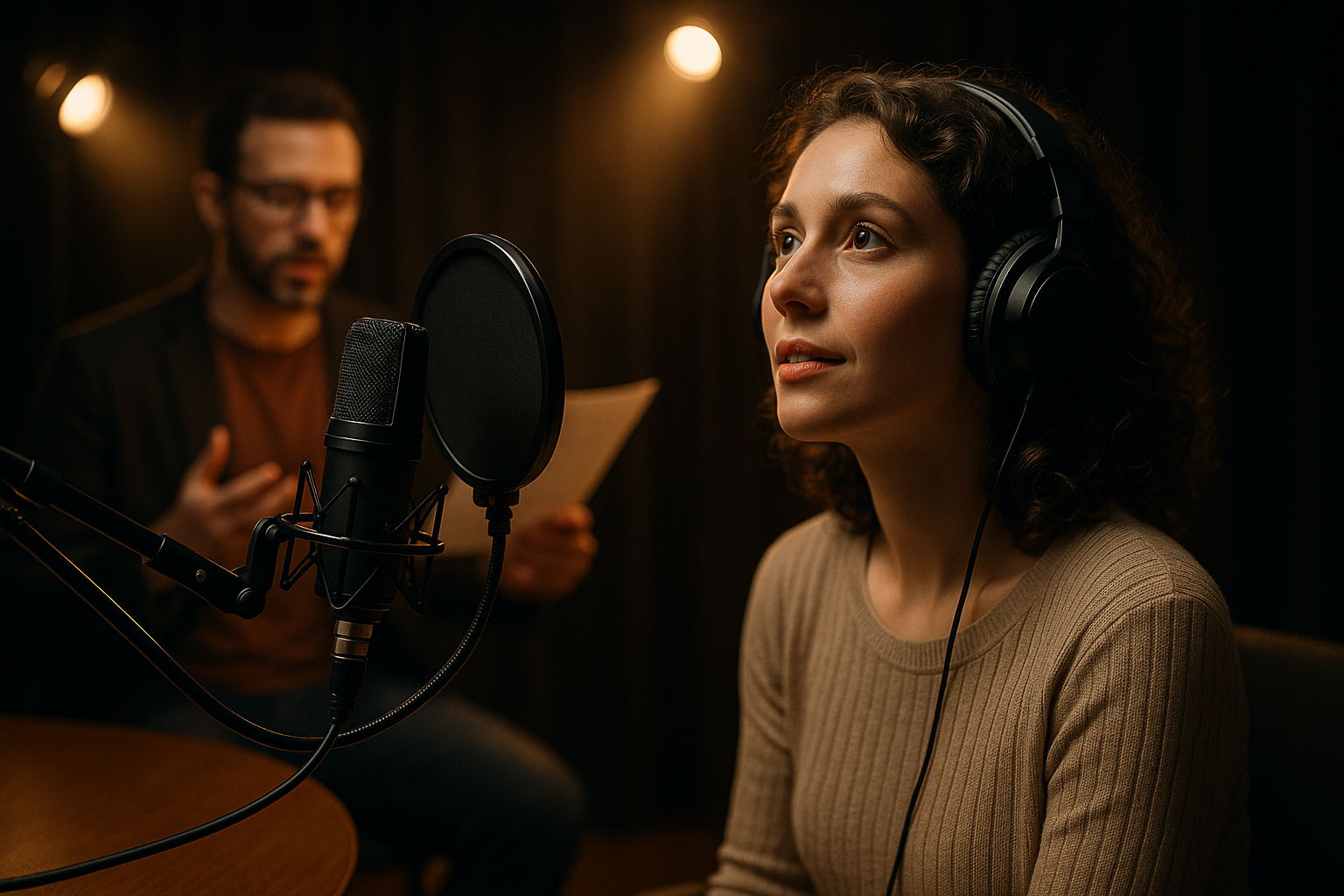Cinematic Symphony: The Remarkable Fusion of Film and Classical Music
With the heart-thumping bass of an action sequence or the melancholy strings of a tragic scene, music has a profound impact on our cinematic experiences. This article examines the remarkable fusion of film and classical music, exploring its historical roots, recent developments, and the profound influence it wields over the audience's emotional journey.

Backstage Pass to History
Our journey begins in the silent film era, where live orchestras provided the soundtrack to moving images. These early film scores borrowed heavily from classical music with its rich emotional range and expressive power. As the ‘talkies’ emerged, classical music remained a driving force, with composers like Max Steiner and Erich Wolfgang Korngold crafting symphonic scores that defined the golden age of Hollywood.
Today’s Maestros
Fast forward to the present, and the baton has passed to a new generation of film composers. Individuals like Hans Zimmer, Thomas Newman, and the late Ennio Morricone have elevated the art form to new heights, infusing traditional classical elements with modern synthesizers and world music influences.
The Echoing Impact
The marriage of film and classical music has had a profound and lasting impact on both industries. For cinema, classical music has become a vital storytelling tool, accentuating on-screen drama and guiding the viewer’s emotional response. For the classical music industry, film has provided a platform for reaching new audiences and redefining the genre’s relevance in contemporary culture.
The Score’s Significance
The importance of classical music in film extends beyond mere mood enhancement. The score often carries thematic weight, with recurring musical motifs associated with specific characters or ideas. This technique, known as leitmotif, has its roots in opera and is used to great effect in films like ‘Star Wars’ and ‘The Lord of the Rings.’
Standing Ovation
Despite the dominance of pop music in today’s soundtracks, the symphonic film score continues to thrive. Recent movies such as ‘Interstellar’ and ‘The Shape of Water’ have demonstrated the enduring power of classical music to captivate audiences and enhance cinematic storytelling.
In conclusion, the fusion of film and classical music is a fascinating and impactful aspect of the entertainment industry. From its historical roots in the silent film era to its ongoing evolution in modern cinema, this creative collaboration continues to shape our emotional journey on the silver screen. It’s a testament to the enduring power of classical music and its ability to adapt, evolve, and remain relevant in our ever-changing cultural landscape.




